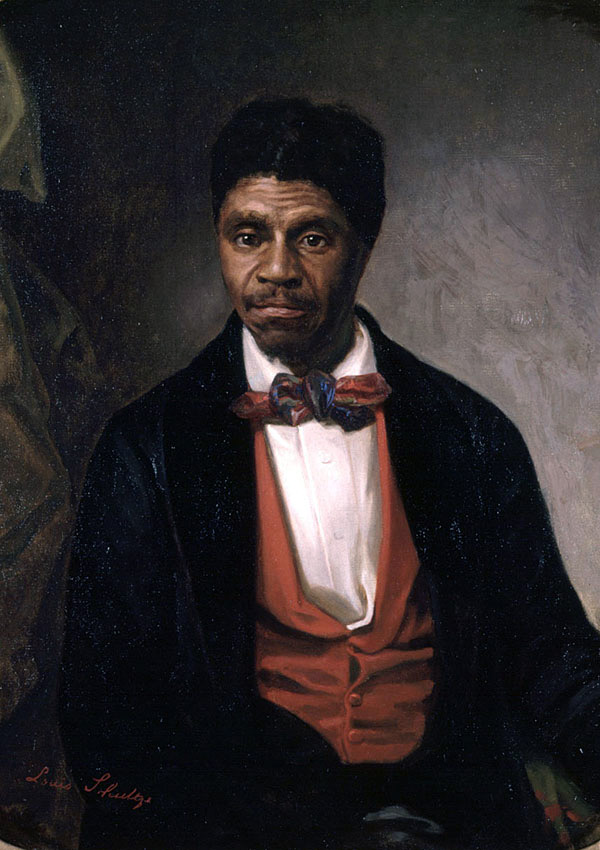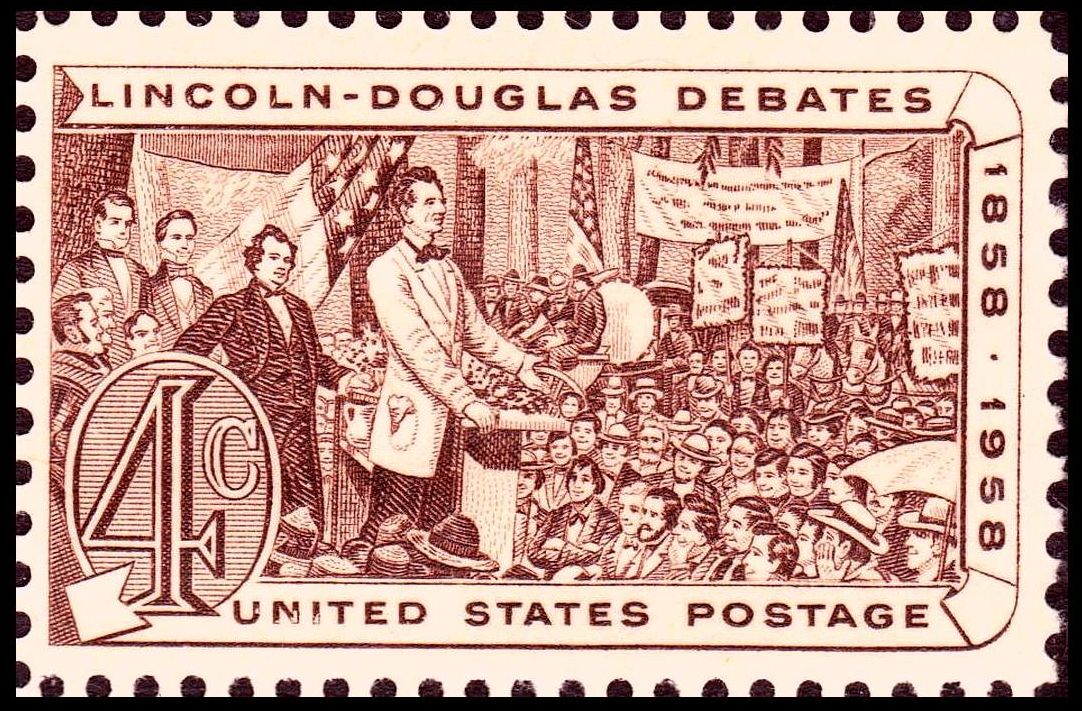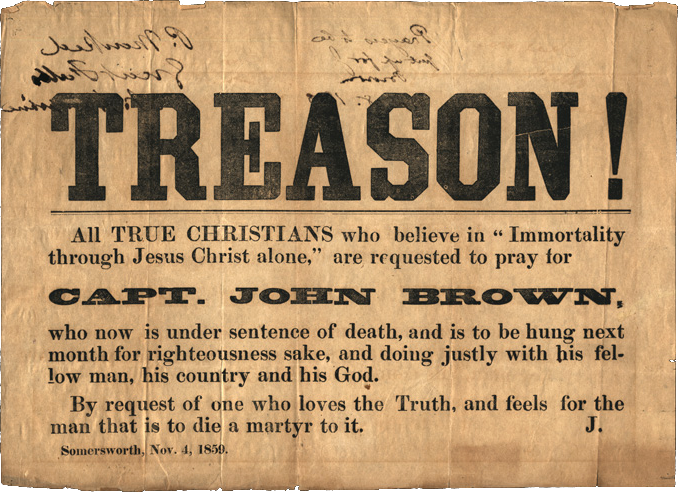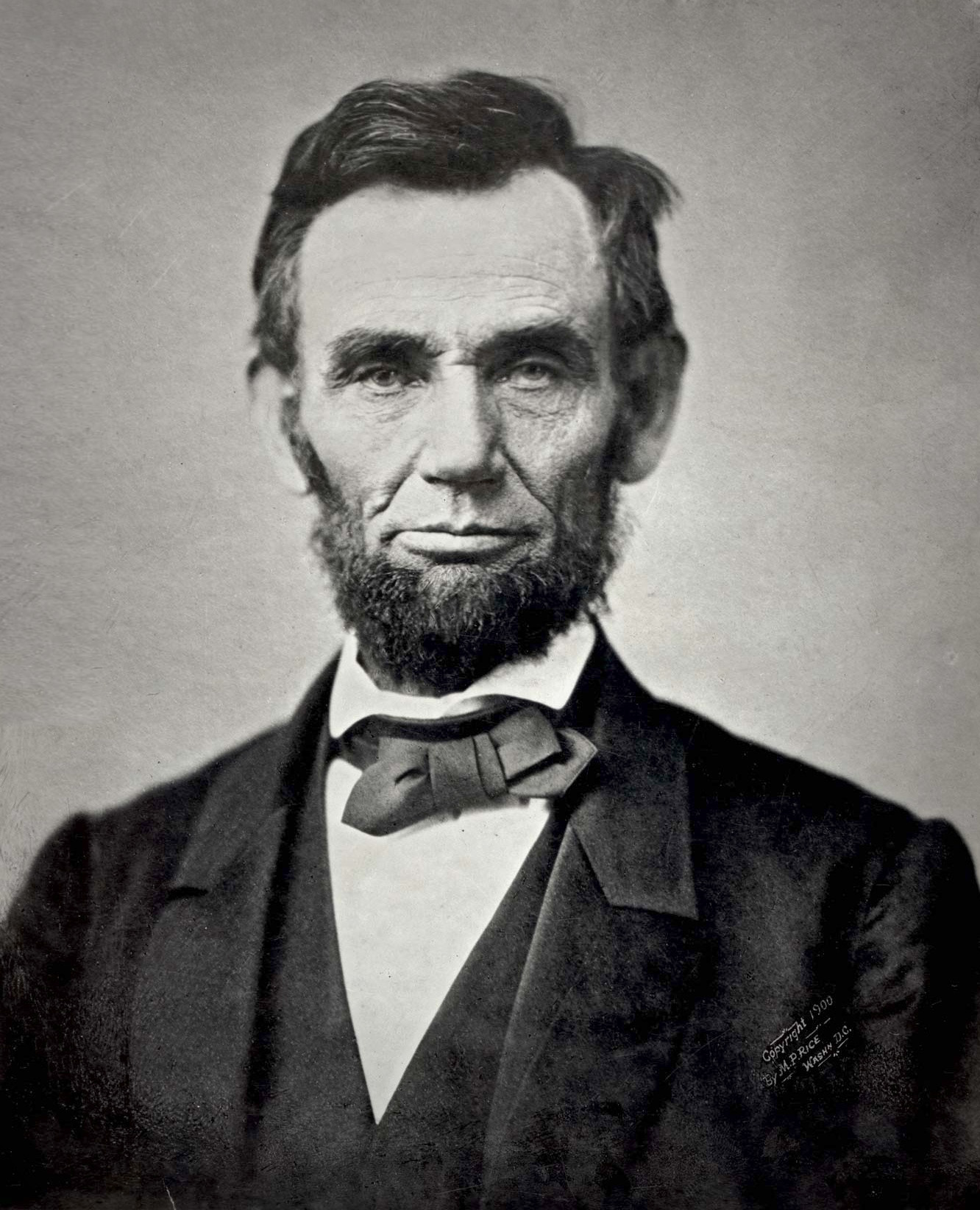Federal Government’s Authority vs. States’ Rights
In the early 1800s states rights v. the federal government authority was a common political topic discussed. The most influential event involving states rights on the future of America was the Nullification Crisis involving South Carolina and the nullifying of the tariff. This video discusses the most important events on the topic of states rights.
Economic Changes
In the late 1700s the U.S. economy was agriculturally based. The obstacles brought up in this time included having to rely on barter because the currency was unreliable and also distributing goods was a troubling task because there was no effective way to transport heavy cargo. By the early 1800s the U.S. economy changes from substance farming to commercial farming but the change still does not bring an efficient way to transport goods throughout the country until the 1840s when Railroads are used to help solve the distribution issue and change the economy. Here is a video explaining how the railroad system was started and how it will change the economy of the United States:
In the late 1700s the U.S. economy was agriculturally based. The obstacles brought up in this time included having to rely on barter because the currency was unreliable and also distributing goods was a troubling task because there was no effective way to transport heavy cargo. By the early 1800s the U.S. economy changes from substance farming to commercial farming but the change still does not bring an efficient way to transport goods throughout the country until the 1840s when Railroads are used to help solve the distribution issue and change the economy. Here is a video explaining how the railroad system was started and how it will change the economy of the United States:
The Compromise of 1850 was a series of five bills created by Henry Clay to address the problems of slavery expansion while keeping the interests of the North and the South. The Compromise included:
- California was admitted to the United States as a free state
- New Mexico and Utah were each allowed to use popular sovereignty to decide their slavery status.
- The Republic of Texas gave up lands that it claimed in present day New Mexico and received $10 million to pay its debt to Mexico.
- The slave trade was abolished in the District of Columbia.
- The Fugitive Slave Act made any federal official who did not arrest a runaway slave liable to pay a fine.
.jpeg)
.jpeg) |
| Henry Clay addressing the senate |
The Fugitive Slave Act was the most controversial part of the Compromise of 1850 and The The Fugitive Slave Act caused many abolitionists to increase their efforts against slavery. This Compromise, especially the Fugitive slave act, helped the start of the Civil War because many Abolitionists would disobey the laws creating tension between the North and South.
Kansas-Nebraska Act and Bleeding Kansas
 The Kansas-Nebraska Act of 1854 repealed the Missouri Compromise of 1820, ultimately allowing slavery north of the 36° 30´ latitude. This act now granted the residents of states and territories of the United States to use popular sovereignty to decide on the issue of slavery. Northerners were outraged from the repeal of the Missouri compromise however Southerners were overjoyed. Soon the New England Emigrant Aid Company was organized by Northerner Eli Thayer to secure Kansas as a free territory. He sent a group of settlers to Kansas for the task but rumors had spread throughout the South that 20,000 Northerners were heading to Kansas. Hearing this news, thousands of armed Southerners, mostly from Missouri, poured into Kansas to vote for a pro-slavery congressional delegate. Only half the ballots were from registered voters, and at one voting location, only 20 of over 600 voters were legal residents. The results turned out to be that pro-slavery forces won the election. After this election many violent outbreaks occurred between pro-slavery and anti-slavery. These mini civil wars between residents in Kansas picked up the name 'Bleeding Kansas'. The events Kansas helped the start of the Civil War because it was one of the first violent actions between North and South settlers.
The Kansas-Nebraska Act of 1854 repealed the Missouri Compromise of 1820, ultimately allowing slavery north of the 36° 30´ latitude. This act now granted the residents of states and territories of the United States to use popular sovereignty to decide on the issue of slavery. Northerners were outraged from the repeal of the Missouri compromise however Southerners were overjoyed. Soon the New England Emigrant Aid Company was organized by Northerner Eli Thayer to secure Kansas as a free territory. He sent a group of settlers to Kansas for the task but rumors had spread throughout the South that 20,000 Northerners were heading to Kansas. Hearing this news, thousands of armed Southerners, mostly from Missouri, poured into Kansas to vote for a pro-slavery congressional delegate. Only half the ballots were from registered voters, and at one voting location, only 20 of over 600 voters were legal residents. The results turned out to be that pro-slavery forces won the election. After this election many violent outbreaks occurred between pro-slavery and anti-slavery. These mini civil wars between residents in Kansas picked up the name 'Bleeding Kansas'. The events Kansas helped the start of the Civil War because it was one of the first violent actions between North and South settlers.  |
| Dred Scott |
In 1857, the case of Dred Scott v. Sanford was brought before the Supreme Court. The case addressed such questions about about the expansion of slavery into new territories, the rights of slave owners, and the status of slaves. Dred Scott, a slave who had lived in the free state of Illinois and the free territory of Wisconsin before moving back to the slave state of Missouri, had appealed to the Supreme Court in hopes of gaining his freedom. The court eventually ruled against Scott stating that because Scott was black, he was not a citizen and therefore didn't even have a right to sue. Also, the court also said that even though he had been taken by his owner into a free state, he was still a slave because slaves were to be considered property of their owners. This decision furthered the anger of abolitionists as they increased their efforts to fight against slavery. The decision of this case advanced the country into a
treacherous tension between free states and slave states.
treacherous tension between free states and slave states.
Lincoln-Douglas Debates
 In 1858, two opposing politicians from Illinois attracted the attention of America. From August 21 until October 15, Stephen Douglas and Abraham Lincoln went head to head in political debates around Illinois. The goal they sought to achieve was a seat in the Senate. Lincoln constantly challenged Douglas to an array of new ideas and Douglas heavily fought back. The debates were to be held at 7 locations throughout Illinois. Lincoln made clear his point that "A house divided could not stand". Douglas disagreed this by stating that the founders, "left each state perfectly free to do as it pleased on the subject." Lincoln felt that blacks were entitled to the rights said in the Declaration of Independence, which include "life, liberty, and the pursuit of happiness". Douglas argued that the founders intended no such inclusion for blacks. Their constant opposition at each others opinions set fire to the contradicting thoughts of abolitionists and pro-slave citizens
In 1858, two opposing politicians from Illinois attracted the attention of America. From August 21 until October 15, Stephen Douglas and Abraham Lincoln went head to head in political debates around Illinois. The goal they sought to achieve was a seat in the Senate. Lincoln constantly challenged Douglas to an array of new ideas and Douglas heavily fought back. The debates were to be held at 7 locations throughout Illinois. Lincoln made clear his point that "A house divided could not stand". Douglas disagreed this by stating that the founders, "left each state perfectly free to do as it pleased on the subject." Lincoln felt that blacks were entitled to the rights said in the Declaration of Independence, which include "life, liberty, and the pursuit of happiness". Douglas argued that the founders intended no such inclusion for blacks. Their constant opposition at each others opinions set fire to the contradicting thoughts of abolitionists and pro-slave citizensJohn Brown’s Raid on Harper’s Ferry
 John Brown was a radical abolitionist who was involved in the anti-slavery violence in Kansas. On October 16, 1859, he led a group of seventeen including five black members to raid the military weaponry located in Harper's Ferry, Virginia. His goal was to start a slave uprising using the captured weapons. However, after capturing several buildings, Brown and his men were surrounded and eventually killed or captured by troops led by Colonel Robert E. Lee. Brown was tried and hanged for treason. This event was one more in the growing abolitionist movement that helped lead to the start of the civil war in 1861.
John Brown was a radical abolitionist who was involved in the anti-slavery violence in Kansas. On October 16, 1859, he led a group of seventeen including five black members to raid the military weaponry located in Harper's Ferry, Virginia. His goal was to start a slave uprising using the captured weapons. However, after capturing several buildings, Brown and his men were surrounded and eventually killed or captured by troops led by Colonel Robert E. Lee. Brown was tried and hanged for treason. This event was one more in the growing abolitionist movement that helped lead to the start of the civil war in 1861.Election of 1860
 |
| Abraham Lincoln during his presidency |
 |
| 1861 Poster with candidates of the presidential election |

No comments:
Post a Comment